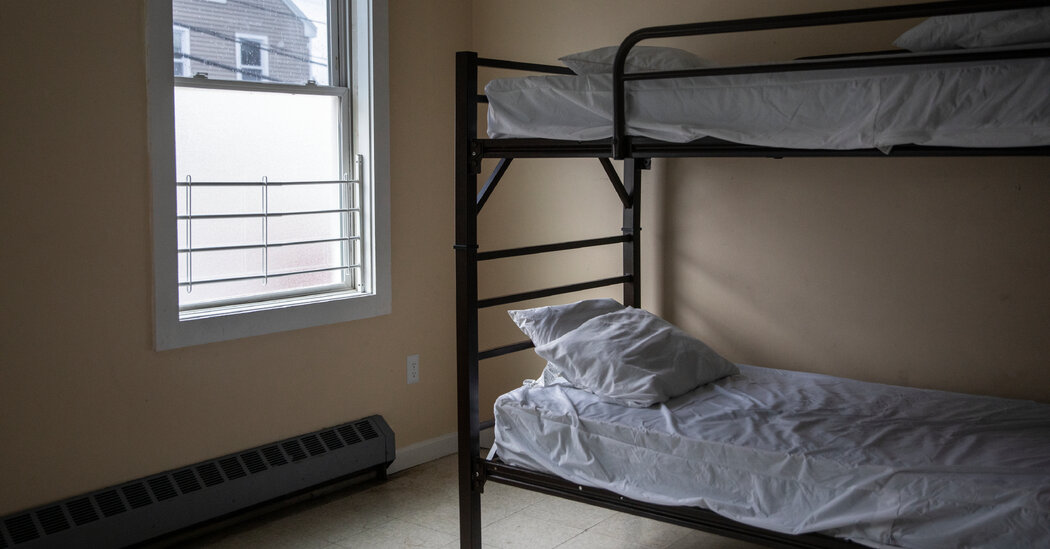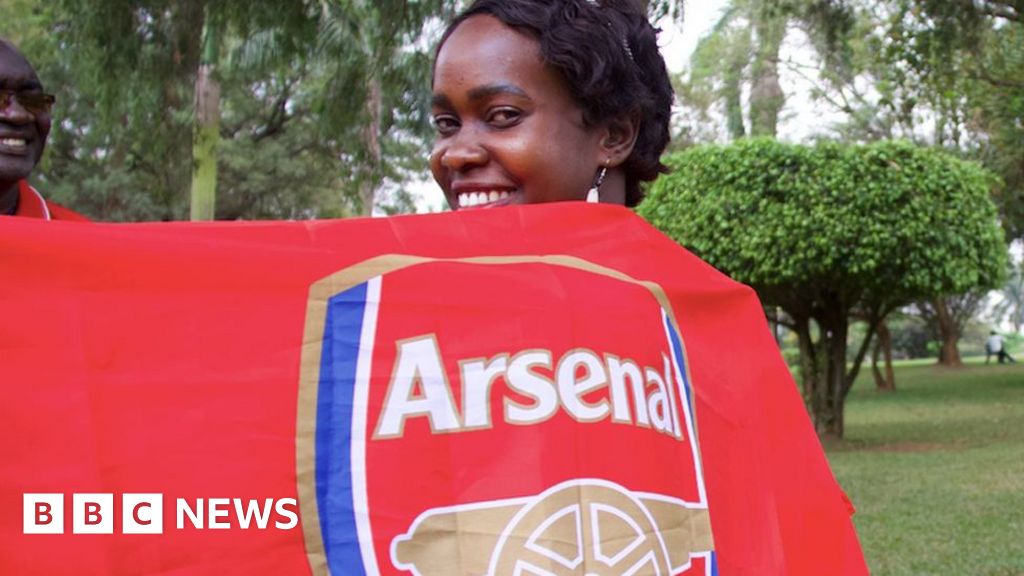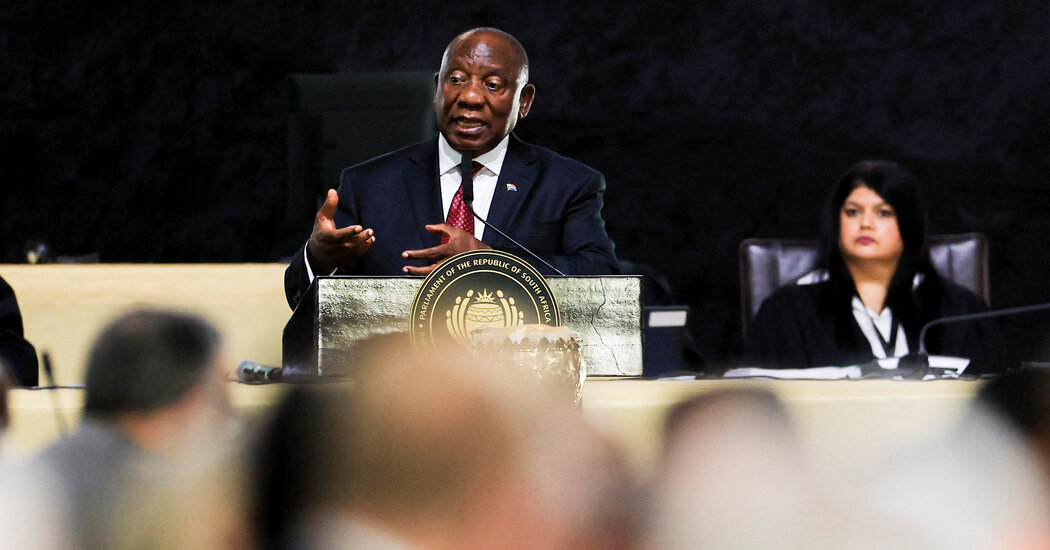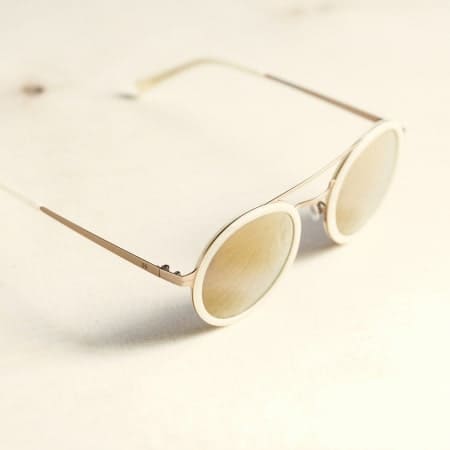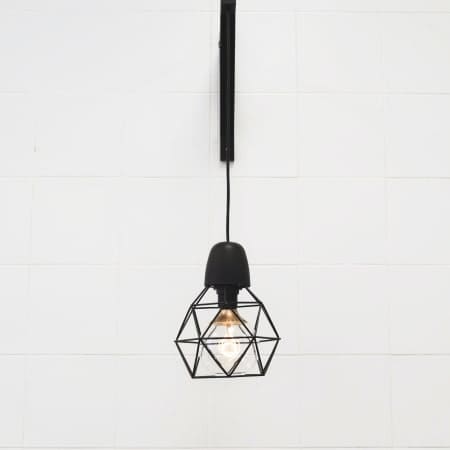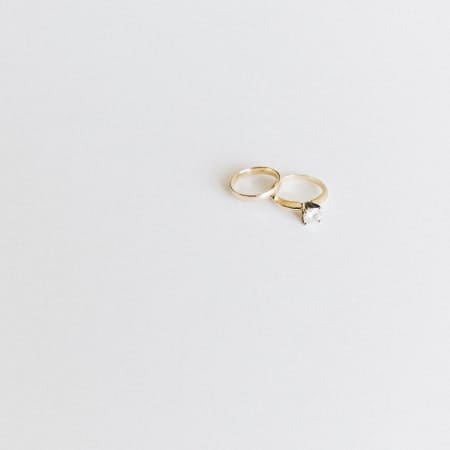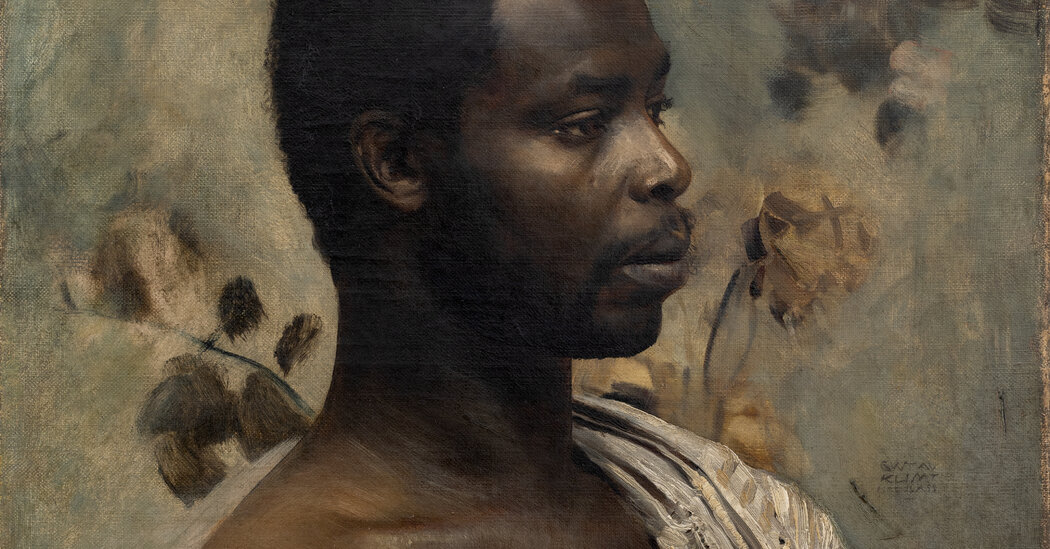
A rediscovered portray of an African prince via Gustav Klimt that captured guests’ consideration on the TEFAF Maastricht truthful within the Netherlands is below negotiation on the market, the Vienna-based gallery providing the paintings stated as the development closed on Thursday night.
The early, virtually photorealistic head-and-shoulders portrait of Prince William Nii Nortey Dowuona, proven in opposition to a floral background, have been on show on the sales space of Wienerroither and Kohlbacher, priced at 15 million euros, or about $16.4 million.
“We are in active negotiations with a major museum,” stated Lui Wienerroither, the gallery’s co-founder, even though he declined to call the establishment. In contrast to at recent artwork festivals, high-value gross sales at TEFAF Maastricht, which focuses on used artwork, are steadily finalized then the development to permit consumers moment to research questions of provenance or attribution. “Processes of due diligence have to be followed,” Wienerroither stated.
The person depicted on this 26 inch-high portray used to be a member of a gaggle of Africans from the Gold Coast (a former British colony now referred to as Ghana) who have been reside reveals in colonial “human zoos” that toured Europe on the finish of the nineteenth century. In the summertime of 1896, they have been placed on show in a mock-African village in Vienna’s Zoological Ground, the place Klimt may have unmistakable them. The extremely customery display, which attracted 5,000-6,000 guests a pace, used to be vividly evoked via the recent Austrian essayist Peter Altenberg in his brochure, “Ashantee.”
Wienerroither and Kohlbacher says Klimt’s portray got here to sunny in 2023 when an Austrian couple introduced the unsigned paintings, crudely framed and in a dirty situation on the moment, into the gallery. The sellers say they came upon a slightly legible Gustav Klimt property stamp at the again of the canvas and showed with Alfred Weidinger, the writer of a definitive catalog of Klimt’s works, that Klimt used to be identified to have painted a portrait of a prince of the Osu society in what’s now Ghana, even though the portray’s whereabouts have been unknown for a few years.
Next analysis noticeable that the portray used to be nonetheless in Klimt’s ownership when he died in 1918 and used to be bought via public sale from his property in 1923. 5 years then, it used to be indexed a number of the works in a Klimt memorial exhibition in Vienna, on mortgage from a neighborhood collector, Ernestine Klein.
As a result of she used to be Jewish, Klein and her husband, Felix, have been compelled to reduce Austria in 1938 when it used to be annexed via Nazi Germany, and so they survived the battle in Monaco. Wienerroither and Kohlbacher stated in a observation that the portray used to be being presented on the market “pursuant to a settlement agreement” between Klein’s heirs and the paintings’s flow house owners, who it additionally declined to call. The observation added that the Austrian government had granted the paintings an export license.
The gallery had in the beginning supposed to turn the Klimt at terminating while’s TEFAF Maastricht, however withdrew it sooner than the development’s opening.
“There were issues with the contract, and we had to make sure there were no other heirs with a claim on the painting,” Wienerroither stated. “Percentages are always a question,” he added, regarding the possibly contentious factor of dividing the proceeds of a restitution sale between claimants. “It needed time.”
Mavens say that the portray, made within the while that Klimt and alternative forward-looking artists shaped the Vienna Succession team, represents an important year within the artist’s profession.
“The portrait of the Ghanaian prince marks the transition to a new stage in his artistic development,” Weidinger, the Klimt student, stated in an e mail. “It anticipates key elements of his later portraiture. In particular, the use of symbolic floral motifs in the background establishes a stylistic principle that Klimt would develop consistently from this point onward.”
Alike symbolic floral motifs symbolize the background of an enigmatic, long-lost 1917 portrait of a tender lady that bought for $37 million at public sale in Vienna terminating April.
Klimt is likely one of the maximum admired and coveted of all fashionable artists and public sale costs for his paintings have lately climbed as elevated as $104.3 million. Wienerroither and Kohlbacher’s extra slight price ticket displays that this actual Klimt portray to look on the market is a slightly petite, unsigned early paintings missing the delicate sumptuousness of the artist’s then works.
“It’s the only Klimt painting on the market and it’s a key work,” Wienerroither stated.

